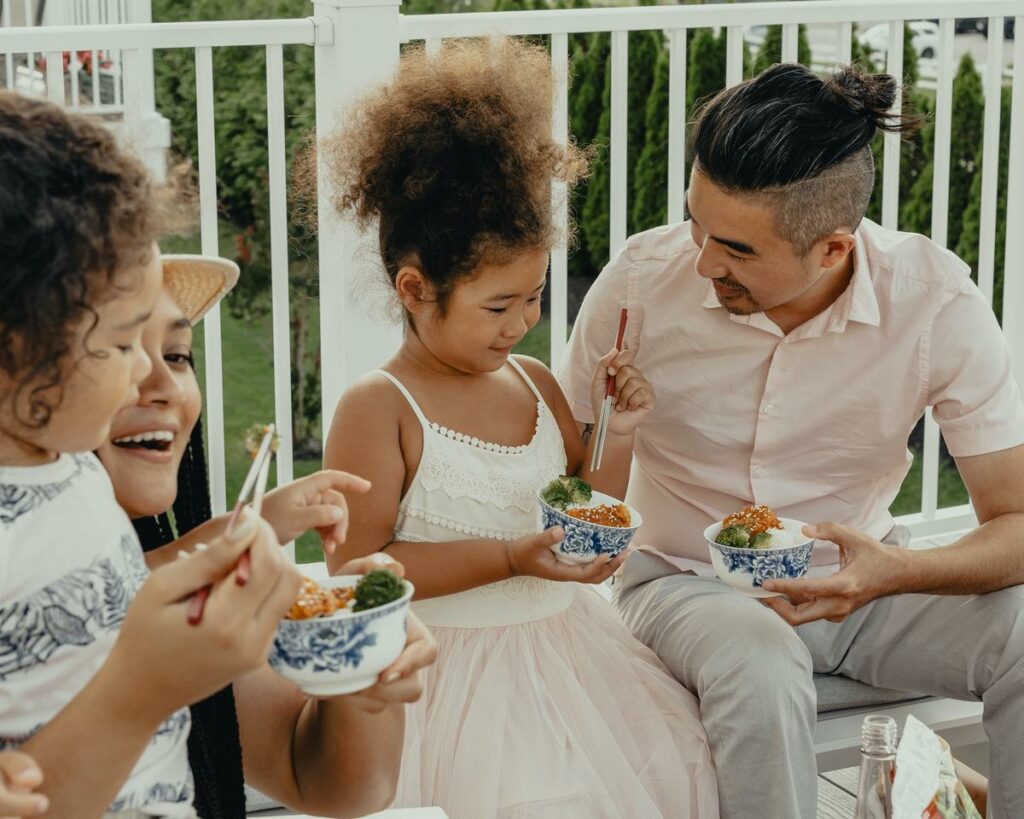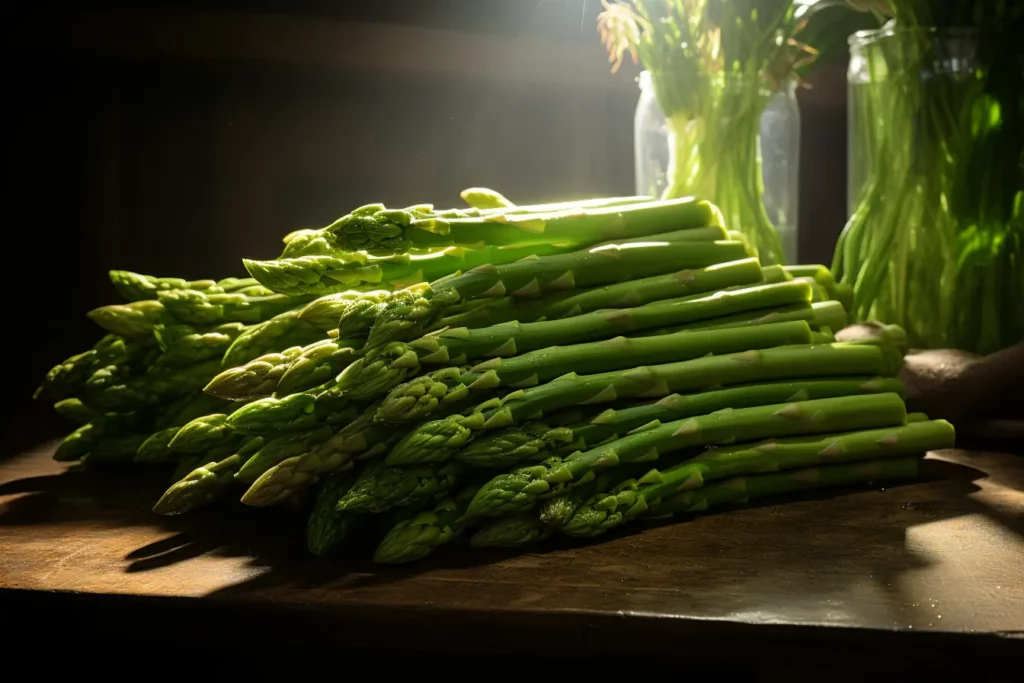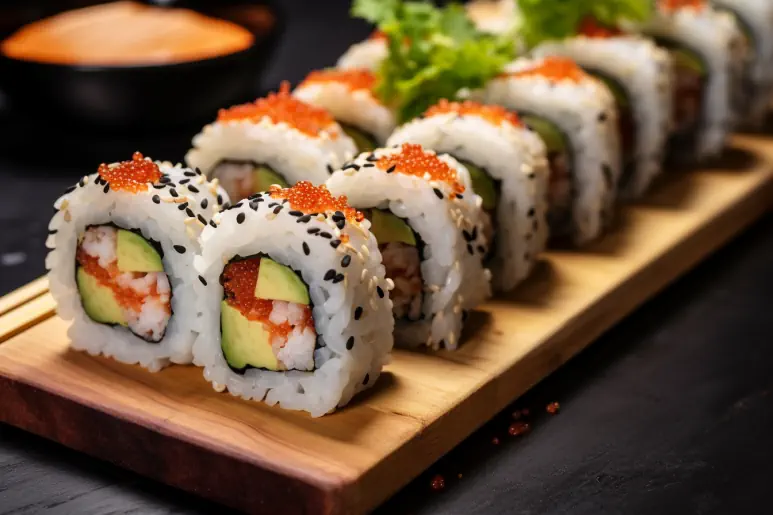Chopsticks are an emblematic part of Japanese culture and are used in almost every Japanese meal. The correct handling of chopsticks is both an art and a skill that requires practice and patience. The use of chopsticks is not only a physical act, it is also about respect and awareness of Japanese culture and its traditions. This guide will walk you through the different aspects of learning this technique, from proper posture to movement techniques and etiquette when eating with chopsticks.
Basic posture of the chopsticks
Title: Your Guide to Mastering Japanese Chopstick Etiquette
Japanese chopsticks, known as hashi, are more than just a utensil for eating – they are a significant part of Japan’s rich culture and a symbol of respect. So, before you order your next sushi menu, take some time to learn the proper handling of Japanese chopsticks. It’s amazing how this knowledge can enhance your dining experience.
- Alignment: First of all, in which hand do you hold the chopsticks? If you are right-handed, hold the chopsticks in your right hand. Left-handed people can hold it in their left hand.
- Position: The lower chopstick should rest with the lower end on the narrow area between the thumb and index finger, close to the wrist and sit tightly. The top end should be on the first joint of the middle finger.
- Control: The upper rod rests on the thumb, on the second joint of the index finger and on the tip of the middle finger. This rod is moved, while the lower one remains firm.
- Angle: The tips of the rods should be at a slight angle to each other and not crossed. The chopsticks should form a slight V-shape, similar to when you put your hands together.
- Grasping: To grab food, lift the upper bar with your index and middle fingers, while keeping the bottom bar steady. If you hold the chopsticks properly, you should be able to open and close them smoothly without them crossing or falling apart.
- Decency: There are some do’s and don’ts in Japanese chopstick etiquette. Avoid sticking chopsticks in food, passing food from one person to another, or poking around – all of these actions are considered rude and disrespectful.
- Practice: Practice makes perfect. Start with simple foods and work your way up to more difficult pieces. Over time, the use of Japanese chopsticks will become second nature.
Regardless of your previous experience or skills, learning this art form requires patience and a lot of practice. But the reward? A more authentic and enjoyable Japanese dining experience that you’ll never want to look back on is definitely worth a try. Give it a try and discover a new dimension in the way you eat. Enjoy your meal, or as the Japanese say, “Itadakimasu”!
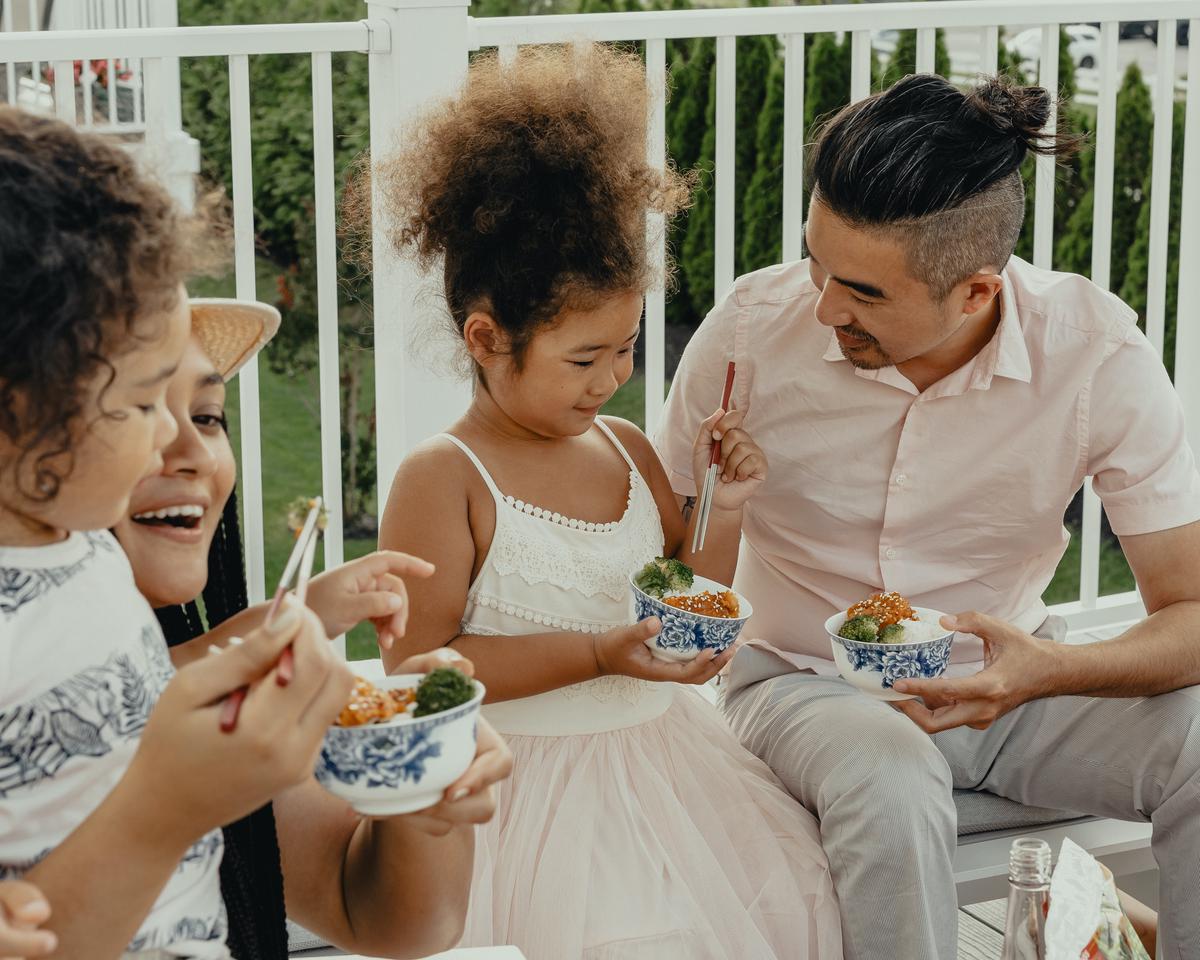
Photo by tysonbrand on Unsplash
Movement Techniques
Eating in Style: Mastering Food Intake with Japanese Chopsticks
We all know how important it is that every meal is a sensory experience. As we all know, it’s a feast for the eyes – and what could be more stylish than handling Japanese chopsticks with professional skill? They are chic, elegant and add a touch of culture to any dish. Whether you’re just taking your first steps into the wonderful world of Japanese cuisine or looking to brush up on your skills, let’s dive into this fine art together.
Effective eating with Japanese chopsticks doesn’t just consist of just eating the food. Rather, it’s about tactful manoeuvring and skilful presentation of the food. We’ll go beyond sticking and look at the elegant movement required to appreciate and present each dish.
Step 1: Balance is everything
Start by balancing the chopsticks. One stick should be immobile at the base of your thumb and at the tip of your ring finger. The other is more dynamic and is held between the thumb, index finger and middle finger.
Step 2: Push and Pull
To grab food with the chopsticks, move the top chopstick in a pushing and pulling motion. This requires skill and tact, keep your patience and remember the saying: practice makes perfect!
Step 3: Gentle Touch
You don’t have to squeeze too hard. Light, almost springy touching is enough to absorb the food. This will make your style more elegant and give you more control over the chopsticks.
Step 4: The ideal distance
Adjust the spacing between chopsticks to absorb different dishes effectively. For sushi, for example, you need a tighter grip, while for noodle dishes, a wider spacing is more suitable.
In fact, it takes time, even years, to get the hang of it. But don’t be discouraged. With continuous practice and a positive attitude, you will soon enjoy admiring your friends while dining effortlessly with chopsticks. Bon Appétit!
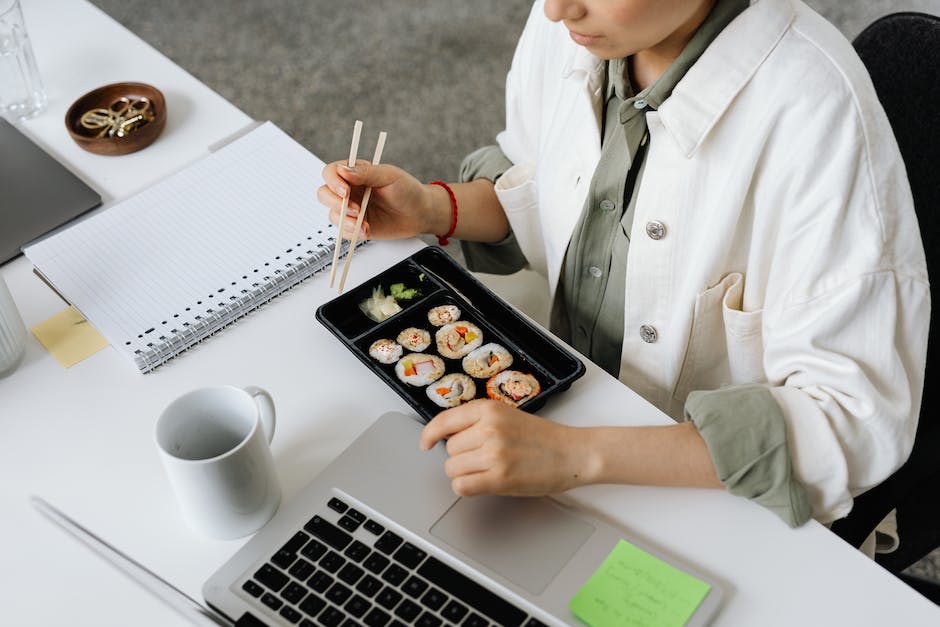
Chopstick Etiquette
Japanese chopstick etiquette is truly an art. It requires precision, grace and, above all, respect. Hopefully, you now have a better understanding of how to align your chopsticks, how to position your hands, how to grip the food, and more. But that’s just the beginning. There are a few other noble etiquette rules in Japan that you should keep in mind the next time you eat with chopsticks.
On the one hand, there is the “food pass rule”. It’s frowned upon to finalize food from your chopsticks to someone else. This is an absolute no-go and is seen as a bad omen. If you want to pass something on, please do it with the opposite end of your chopsticks that you haven’t had in your mouth before.
Another etiquette tip for the use of chopsticks is to avoid the so-called “Neburi-Bashi”. This means that you shouldn’t lick your chopsticks or suck them. It is rude and goes against the etiquette of the food.
It is also important to know that there are also groups of foods – which include soup and rice – where the use of chopsticks has specific rules. In these dishes, the chopsticks should be held in the right hand and not supported by the food. When eating soup, the chopsticks should be set aside and a special spoon should be used.
Furthermore, the “Sakana-Bashi”, the placing of the chopsticks on the table or plate during the meal, should be avoided. The correct procedure is to place them on a chopstick stand (Hashi-oki) when you are not eating.
Lastly, you should be aware that “yose-bashi”, the drawing of the bowl with the chopsticks, is inappropriate. It is therefore advisable to bring the bowl close to your lips and use the chopsticks to push the food.
And most importantly, practice makes perfect. With patience and perseverance, you will certainly soon be able to eat confidently with chopsticks. With these tips, you can be sure to dine in style and respectfully on your next visit to a Japanese restaurant or at a friend’s house. So let’s celebrate the art of eating with chopsticks – an important aspect of our culture of living.
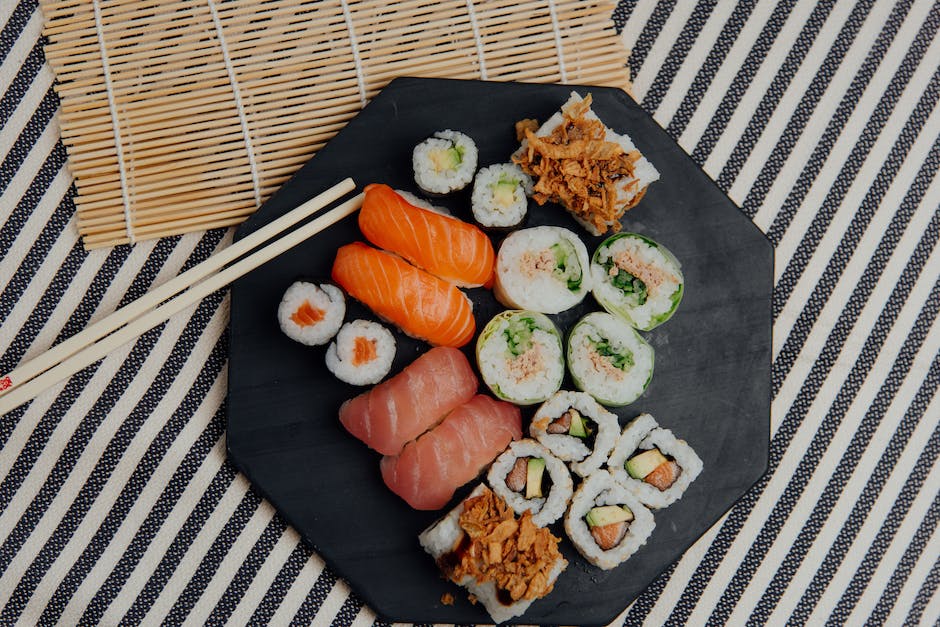
The ability to use chopsticks correctly is not only a valuable skill that can enrich your meals, but also a way to express your appreciation for Japanese culture. Learning these skills will greatly enhance your experience of eating Japanese food or visiting Japan. Remember that practice is the key to mastery and that patience and perseverance will support you along the way. After all, the path to mastering Japanese chopsticks is a journey that opens up the appreciation of the fine details and the traditions deeply rooted in the culture.
